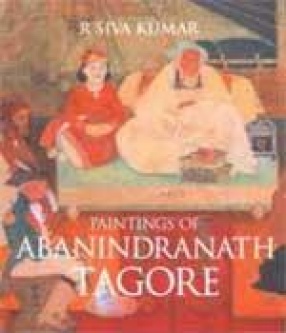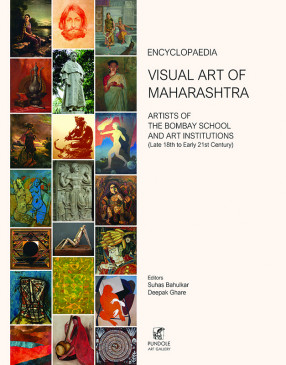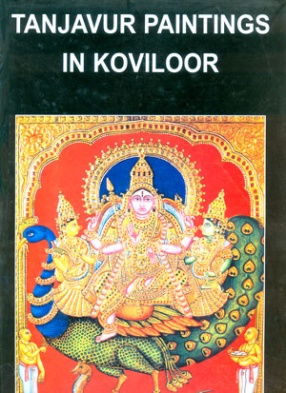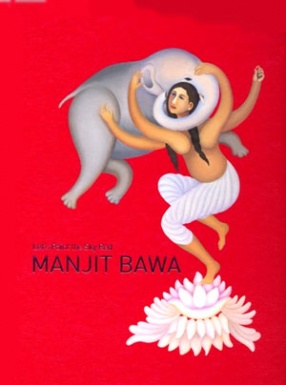Paintings of Abanindranath Tagore
Abanindranath Tagore (1871-1951) is a singular figure in Modern Indian Art. Having arrived on the Indian art scene with the first wave of nationalism, he was seen as father figure of nationalist art and modernism. Along with E B Havell, Coomaraswamy, Sister Nivedita and other nationalists he brought an attitudinal change in the Indian response to traditional art. But his true contribution went beyond these. Trained under European artists initially, realism remained the underpinning of his work. But as a modernist at heart who was guided more by his sensibility than his training, he transformed the post Renaissance academic realism into which he was trained with his series of contacts with oriental art into something more supple and responsive to the imaginative flights of his mind. A post-Romantic in his sensibilities, he let his individualism triumph over his nationalism. Although he aligned with the nationalists in the early years of his career he transcended it very soon to develop something more akin to a Baudelairian aesthetics of modernism with a subjective response to the world rather than an unmediated representation of things. His most impressive work, the Arabian Nights series painted in 1930, can be described as a look at his immediate world through the eyes of a Baudelarian Flaneur, with the stories of the Arabian Nights serving as a pre-text. Equally original as a writer, Abanindranath is a phenomenon whose import has not been fully grasped. Much of this has been due to the unfamiliarity with his work in the absence of easily accessible public collections and publications. The present book brings together a large body of his work for the first time in an attempt to fulfil a glaring lacuna in our picture of this early master of modern Indian art.
Get it now and save 10%
BECOME A MEMBER








Bibliographic information